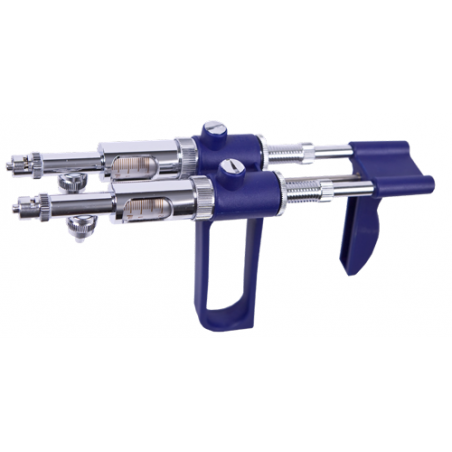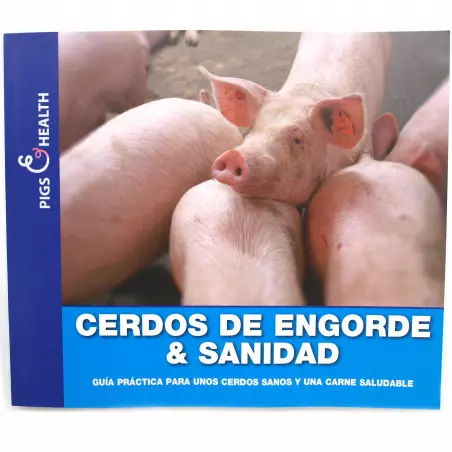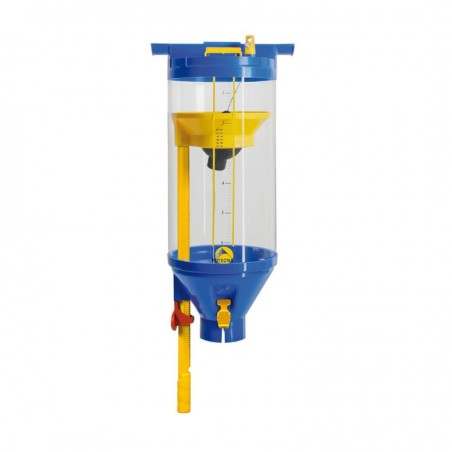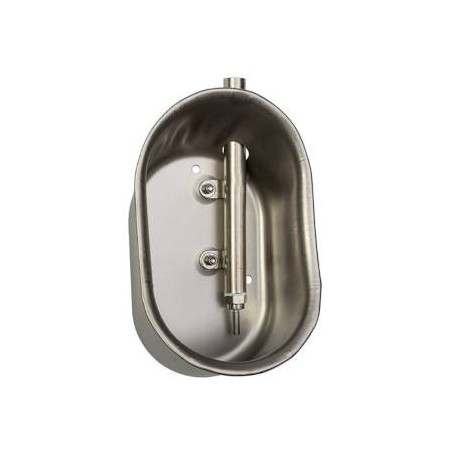Paper
Herd-Level Risk Factors for Seropositivity to Mycoplasma hyopneumoniae and the Occurrence of Enzootic Pneumonia Among Fattening Pigs in Areas of Endemic Infection and High Pig Density. H Nathues, YM Chang, B Wieland, G Rechter, J Spergser, R Rosengarten, L Kreienbrock and E. grosse Beilage. Transbound Emerg Dis. 2014 Aug;61(4):316-28. doi: 10.1111/tbed.12033

What are they studying?
In a case-control study between 2006 and 2010 including 100 herds in a region of high pig density, where a majority of herds is endemically infected with Mycoplasma hyopneumoniae (M. hyo), data were collected to identify potential risk factors for the occurrence of enzootic pneumonia (EP).
How is it done?
Herds were allocated into three groups according to the following way:
| Group | Number of herds | Enzootic pneumonia | Coughing index | M. hyo seroprevalence |
| Case | 40 | + | high | high |
| Healthy | 25 | - | low | low |
| Seropositive | 35 | - | low | high |
All herds were investigated for management, husbandry, environment and clinical symptoms (coughing index) as well as seroprevalence of M. hyo, SIV and PRRS in late finishing pigs. Results were analysed for differences between the 3 groups and only variables that were clearly different between groups were tested for correlation and further analysed in a multivariable model. The identified factors were then reported as Relative Risk Ratio (RRR).
What are the results?
Results for average seroprevalence and coughing index by group were as follows:
| Group | Coughing index | M. hyo seroprevalence (%) |
| Case | 4.3 | 86.6 |
| Healthy | 0.7 | 11.2 |
| Seropositive | 0.9 | 86.3 |
Factors and statistically relevant relative risk ratios in “case” farms compared to “healthy” and “seropositive” farms:
- 1-shot M. hyo vaccination of up to 2-week-old piglets increased the risk of becoming a case farm by 7.33 (p=0.026).
- Routine antibiotic treatment of suckling pigs at 1 week of age with substances effective against M. hyo increased the risk by 6.88 (p=0.059).
- Contact (several minutes to some hours) between fattening pigs of different ages during restocking of single compartments increased the risk by 4.42 (p=0.012)
- 1 or 3 week batch farrowing increased the risk by 3.14 (p=0.049) compared to 2 or 4 week interval
- Concurrent antibodies against SIV H3N2 in finishing pigs increased the risk by 1.03
Factors influencing M. hyo seroprevalence (with or without clinical symptoms):
- Higher risk with increased age at weaning (>23 days)
- Reduced risk in herds where gilts are exposed to living animals instead of feces or other material
- Reduced risk in herds with an increase in weaned pigs per sow and year
What implications does this paper have?
Prevention programs and strategies to control EP in endemically infected pig herds are usually based on vaccination and treatment of piglets. The results of this study show that programs should additionally consider risk factors for clinical disease and increased transmission of M. hyo. Effective strategies to reduce the impact of EP seem to be: optimized acclimation of breeding pigs, as well as a strict separation of pig batches in an all-in-all-out management systems.
|
Enzootic pneumonia is perhaps one of the most widespread diseases among pig farms, especially in high density areas, where prevalence is usually 100%. In recent years, its control has been based on the application of different vaccination strategies, especially applied to piglets. However, despite this, the presence of clinical signs and detection of high seroprevalence in fattening pigs remain relatively frequent. Environmental and management factors have always been associated with this problem. It is well known that fattening pigs in continuous flow production systems, poorly ventilated or excessive-density environments, are at high risk of developing the disease. This article reviews many of these factors and reveals some management details that may have been underestimated but should be taken into account for future actions. The possibility of contact between animals of different ages has always been considered a risk of expression of enzootic pneumonia, and in this regard, the article is not unearthing anything new. However, the assertion that temporary contacts for short periods of time are also associated with increased risk, is new. We are not talking about comparing continuous flow to batch management, but about whether batch management is carried out correctly or not. The impact of proper gilt acclimation in the expression of enzootic pneumonia did not seem so relevant, since vaccines are usually applied in their adaptation programs. However, the paper's conclusions seem clear, namely that a correct adaptation should include direct contact with animals from the receiving herd. The article also detected an increased risk when early vaccination plans (<2 weeks) are applied, when piglets are treated within their first week of life, when weaning is done a few days later, or when the farm uses a 1-to-3-week batch system vs. 2-4-week systems (in such batches early weaning is a must). In my view, these findings would indicate that it is important to consider what happens in the farrowing unit if we aim to achieve proper control of enzootic pneumonia. Since the publication of the paper by E. Fano and C. Pijoan (2007), that associated the expression of the disease in fattening pigs with its prevalence in weaned piglets, we know that early disease control is one of the critical points. However, in view of the results, some of the practical implications of Fano's paper —such as early treatment in piglets or the belief that an extremely early vaccination prevents colonization— are possibly wrong. With regards to the paper results it seems that actions are more efficient when they are intended to reduce the excretion of M.hyo in sows than when they focus on infection control in piglets. In general, the more productive farms (greater number of weaned piglets) are those with good sow herd health stability and that the article associates with a lower risk of expression of enzootic pneumonia. |










